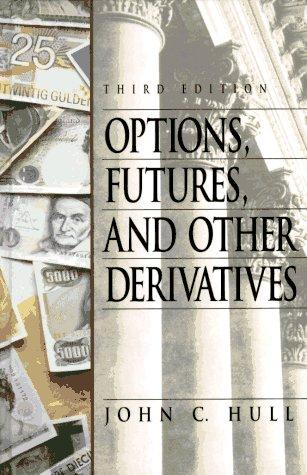Question
Hurte-Paroxysm Products, Inc. (HP) of the United States, exports computer printers to Brazil, whose currency, the real (R$) has been trading at R$3.80/US$. Exports to
Hurte-Paroxysm Products, Inc. (HP) of the United States, exports computer printers to Brazil, whose currency, the real (R$) has been trading at
R$3.80/US$.
Exports to Brazil are currently
55,000
printers per year at the real equivalent of
$180
each. A strong rumor exists that the real will be devalued to
R$4.30/$
within two weeks by the Brazilian government. Should the devaluation take place, the real is expected to remain unchanged for another decade. Accepting this forecast as given, HP faces a pricing decision that must be made before any actual devaluation: HP may either (1) maintain the same real price and in effect sell for fewer dollars, in which case Brazilian volume will not change, or (2) maintain the same dollar price, raise the real price in Brazil to compensate for the devaluation, and experience a 20% drop in volume. Direct costs in the United States are 60% of the U.S. sales price.HP also believes that if it maintains the same price in Brazilian real as a permanent policy, volume will increase at
10%
per annum through year six, costs will not change. At the end of six years, HP's patent expires and it will no longer export to Brazil. After the real is devalued to
R$4.30/US$,
no further devaluation is expected. If HP raises the price in real so as to maintain its dollar price, volume will increase at only
3%
per annum through year six, starting from the lower initial base of
44,000
units. Again, dollar costs will not change, and at the end of six years, HP will stop exporting to Brazil. HP's weighted average cost of capital is
11%.
Given these considerations, what do you recommend for HP's pricing policy? Justify your recommendation.
Question content area bottom
Part 1
CASE 1
If HP maintains the same real price and in effect sells for fewer dollars, the annual sales price per unit is equal to
($180R$3.80/$)R$4.30/$=$159.
The direct cost per unit is 60% of the sales, or
$1800.60=$108.
Calculate the gross profits for years 1 through 6 in the following table:(Round to the nearest dollar.)
| Case 1 | Year 1 | Year 2 | Year 3 | Year 4 | Year 5 | Year 6 |
| Sales volume (units) | 55,000 |
|
|
|
|
|
| Sales price per unit | $159 | $159 | $159 | $159 | $159 | $159 |
| Total sales revenue |
|
|
|
|
|
|
| Direct cost per unit | $108 | $108 | $108 | $108 | $108 | $108 |
| Total direct costs |
|
|
|
|
|
|
| Gross profits |
|
|
|
|
Step by Step Solution
There are 3 Steps involved in it
Step: 1

Get Instant Access to Expert-Tailored Solutions
See step-by-step solutions with expert insights and AI powered tools for academic success
Step: 2

Step: 3

Ace Your Homework with AI
Get the answers you need in no time with our AI-driven, step-by-step assistance
Get Started


